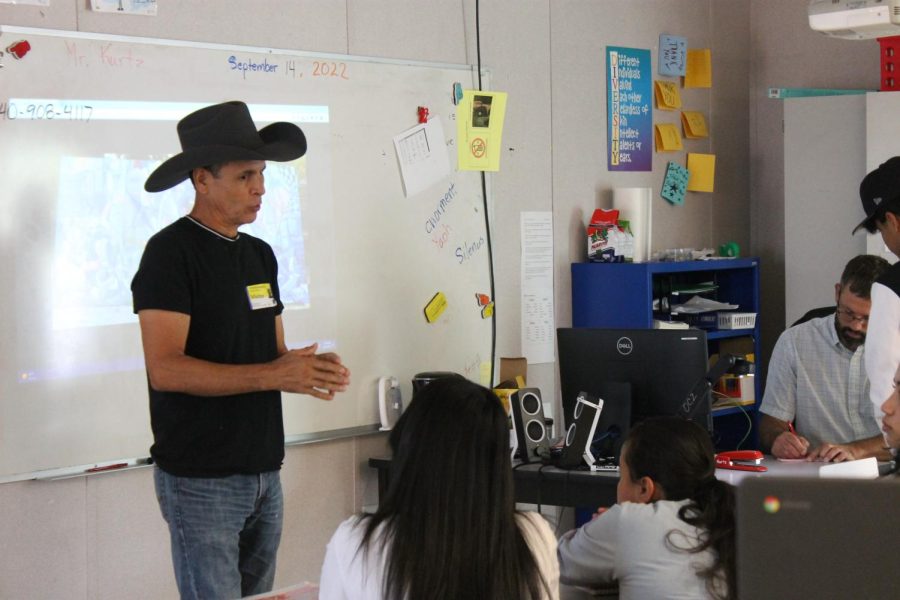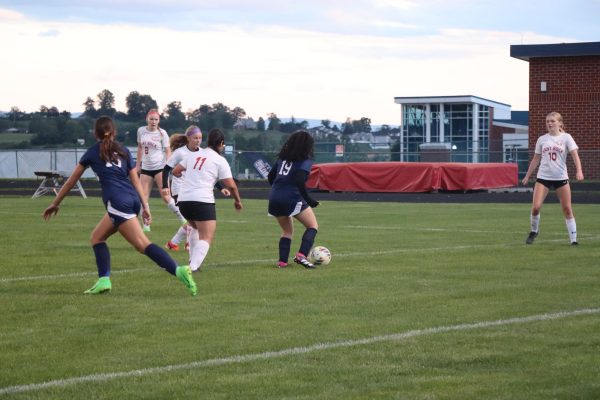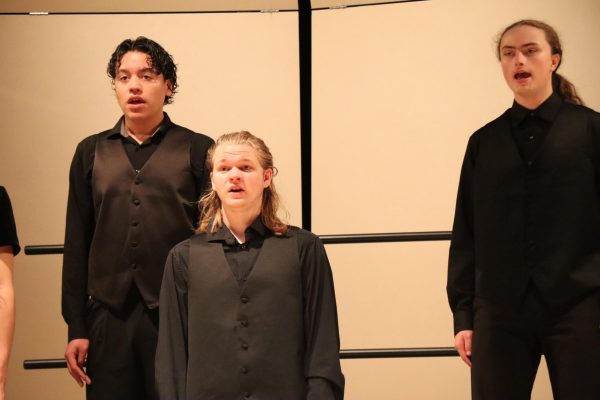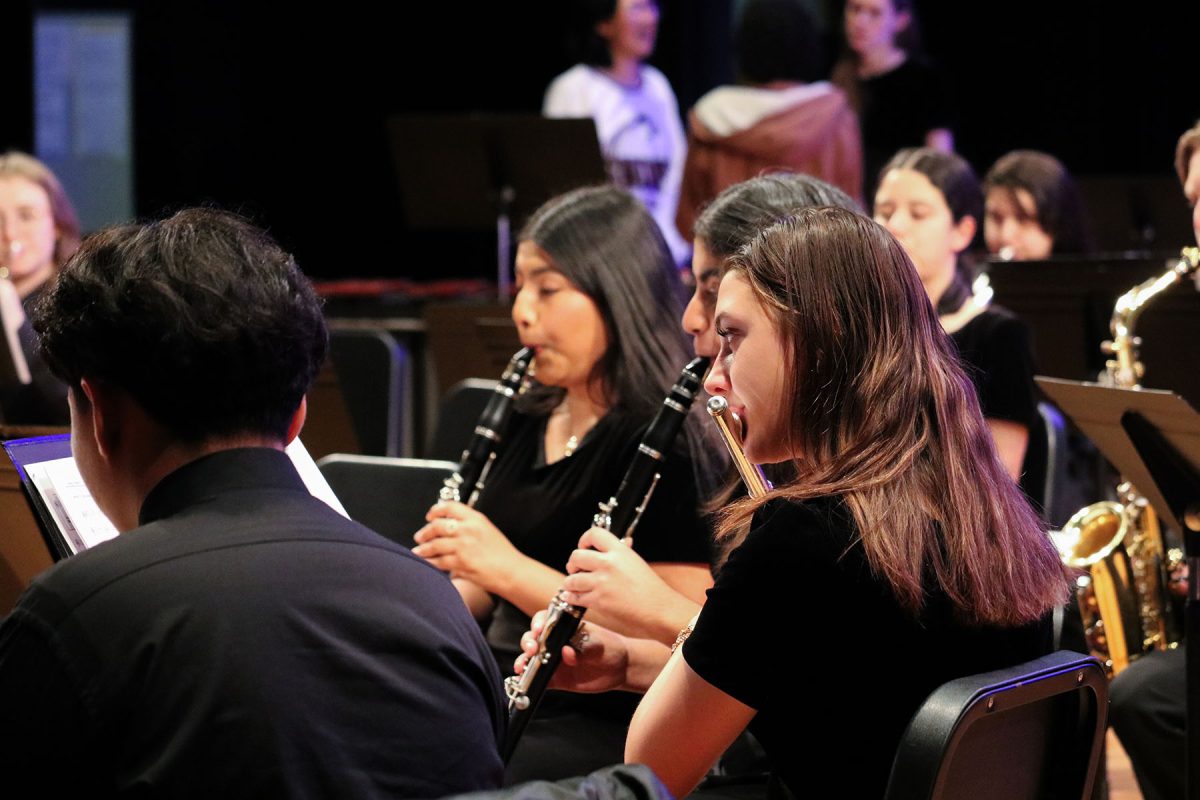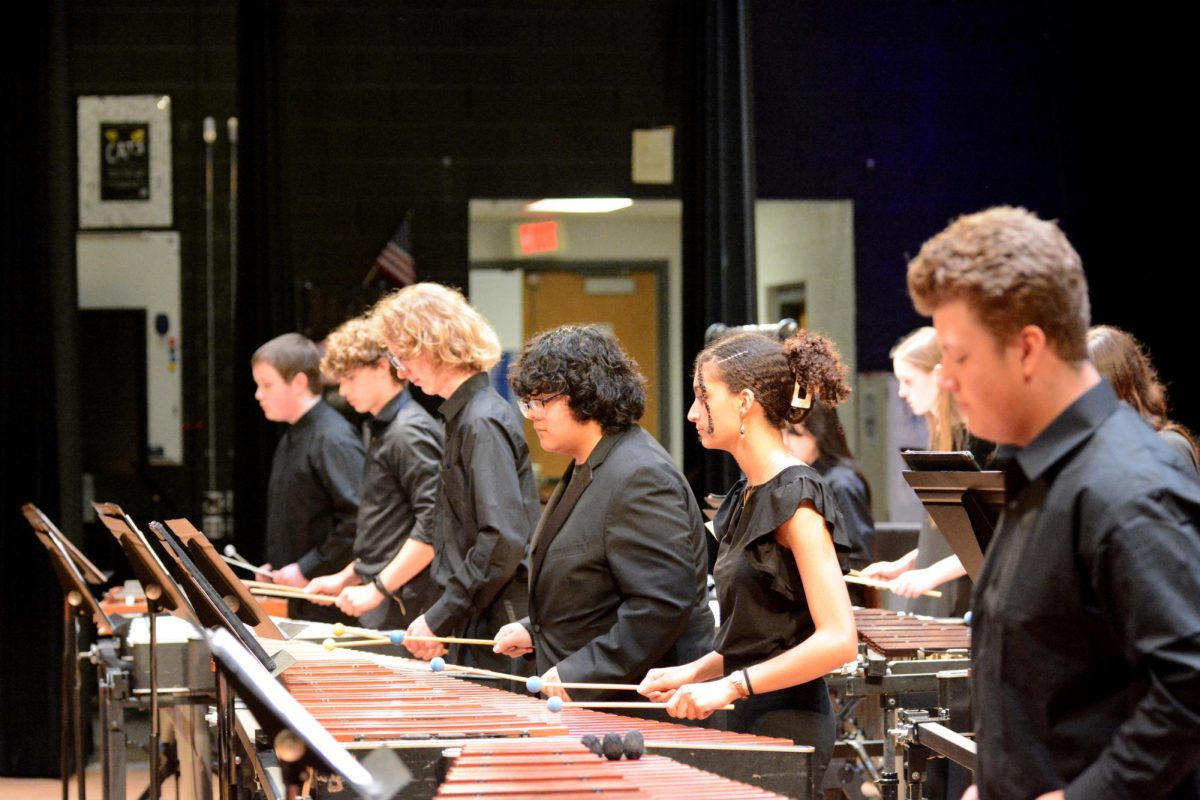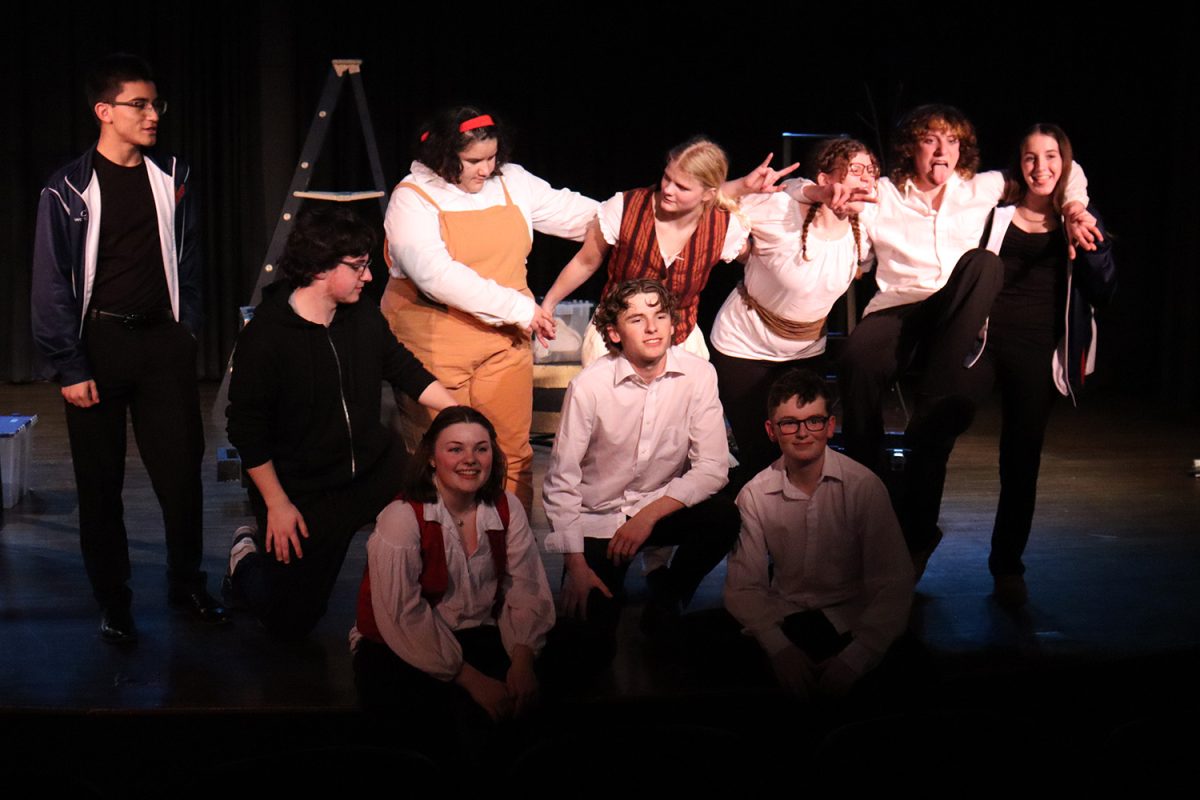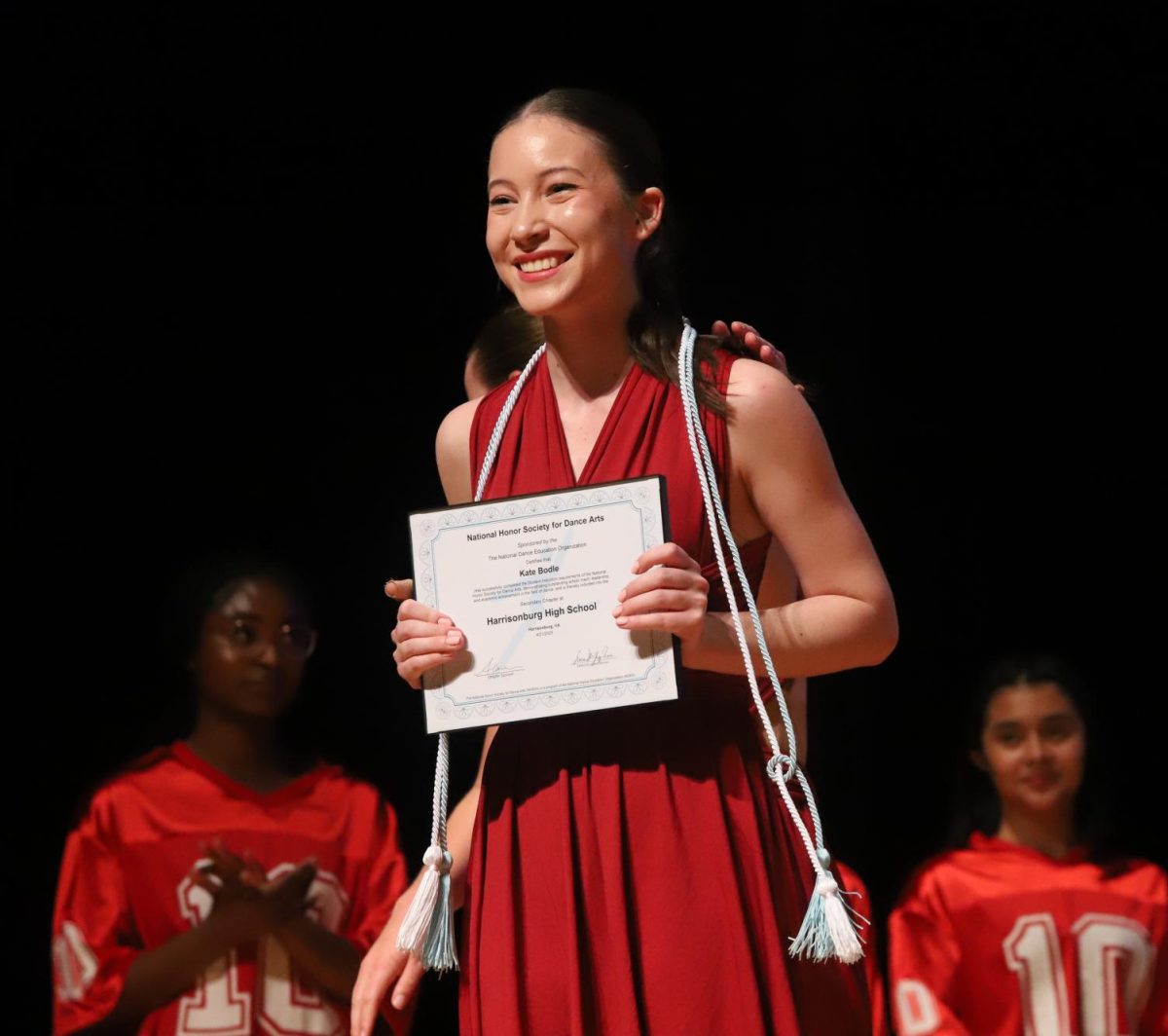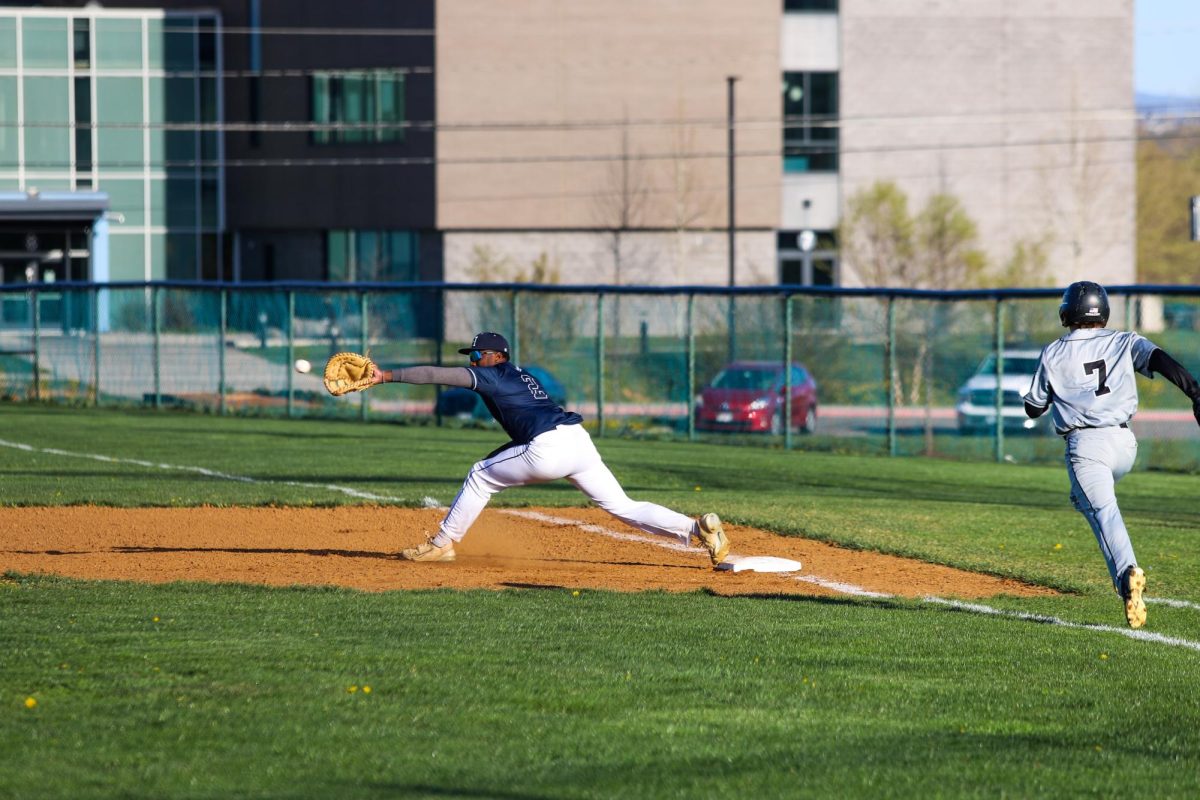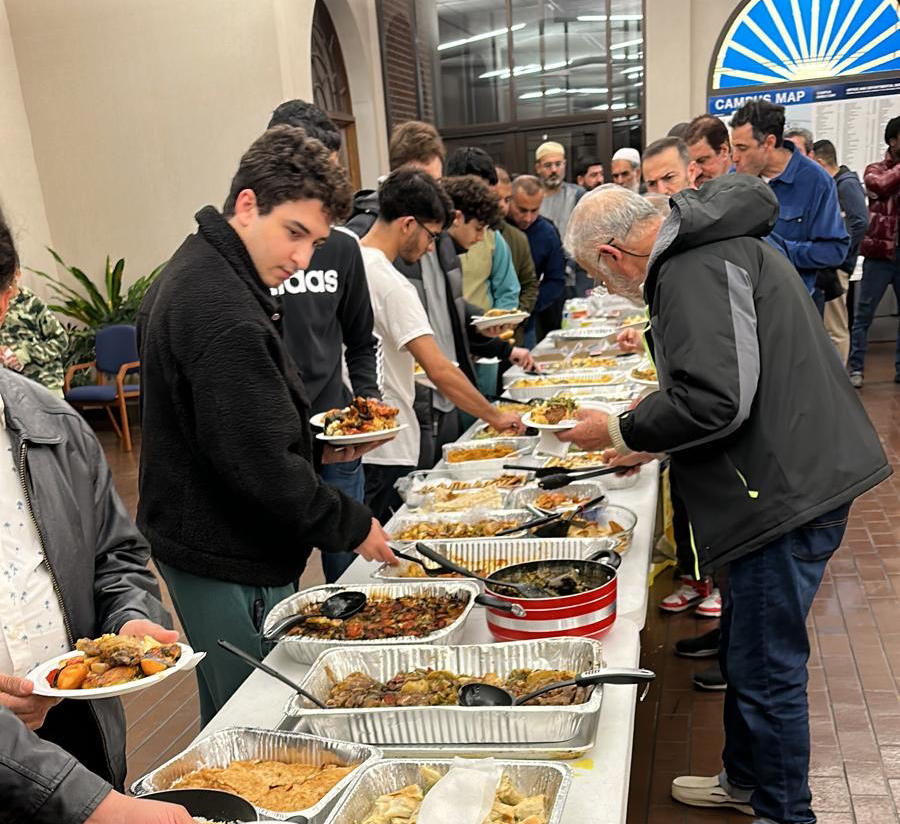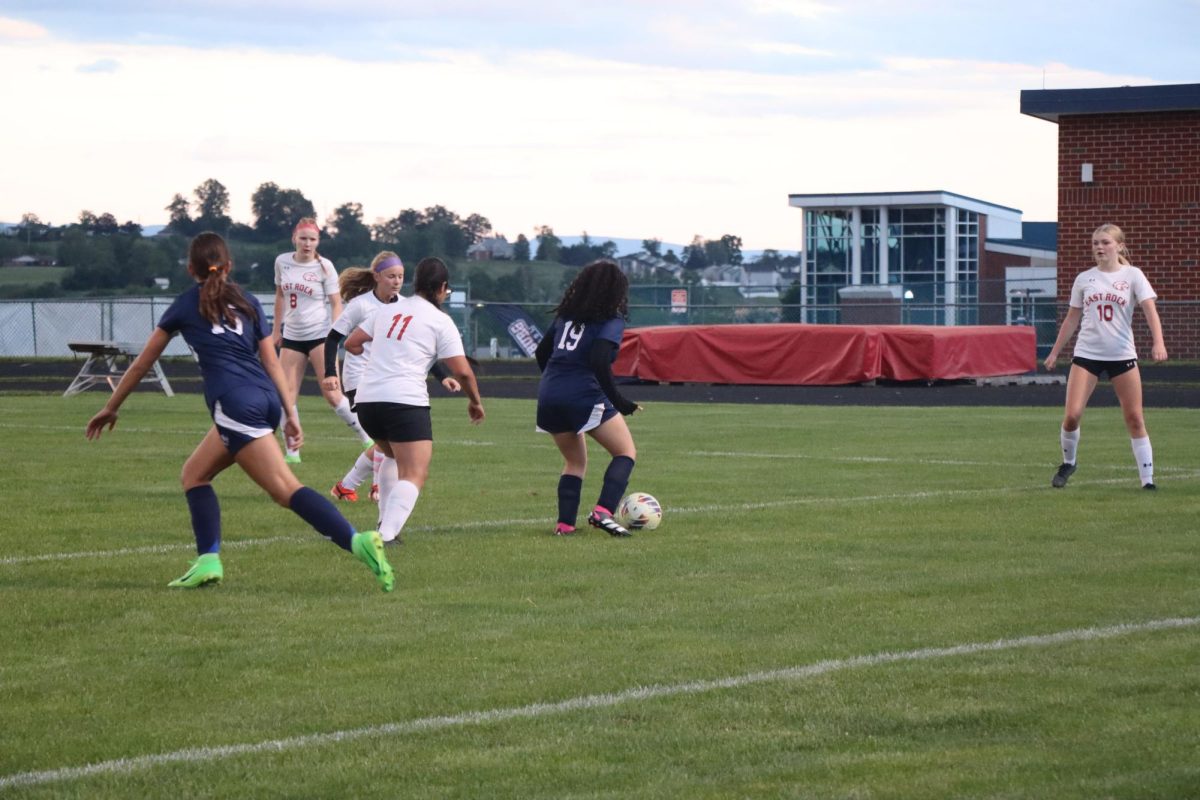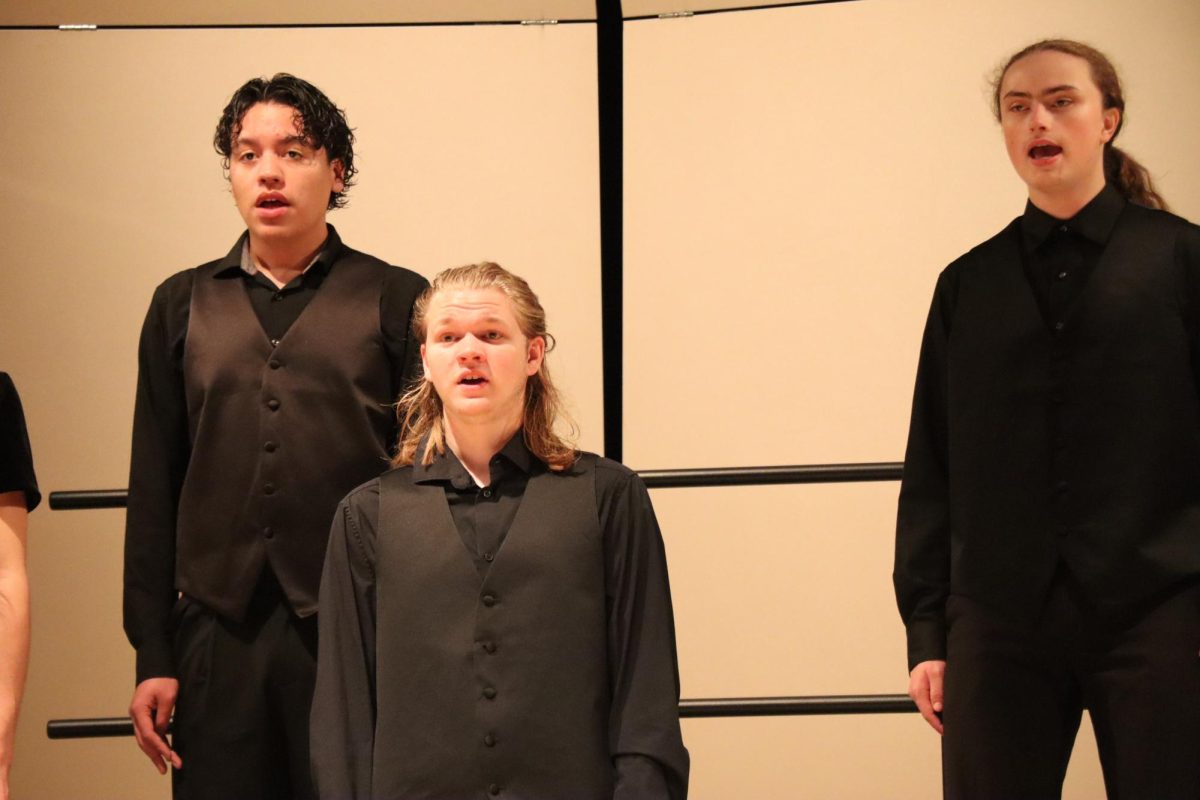Marquez turns passion to activism
Roberto Marquez answers questions students in an ESL class have about his documentary and journey with art.
October 1, 2022
“…I’m not only an artist, I’m also an activist…”
From border to border, Roberto Marquez has a story to tell. Whether it’s regarding immigration or being able to express stories through art, he has something noteworthy to share. In 2018, Marquez and his son decided to create a documentary showcasing how art can tell a thousand words.
“My son is the one who came [up] with the idea [to make the documentary]. I gave him permission to film and I talked about what I know, and what I do and he just wanted to follow that story. In 2018 I decided to become an artist and at that moment, he started filming without knowing that later it was going to be a documentary,” Marquez said. “What he wanted to portray was my connection with immigrants, that’s how it started. I’m working with them and at the same time [I’m] portraying all the struggles they go through. At that time as I mentioned in the documentary, [there were] too many things we had in mind, but it was a work in process kind of thing. We didn’t know exactly what was going to turn out, all I knew [was that] I wanted to be an artist and he knew he wanted to do a documentary. They went along, they fixed things and finally, we got to have a final product.”
Art hasn’t always sparked Marquez’s interest. Once the documentary process started, so did his passion for art.
“I started creating art out of curiosity. I feel like I have so many things to say pictorially and I wanted to start at that moment. I didn’t know too much about [art], but as you go on you learn. It’s out of curiosity that comes from within you and from there you go on. Just like something you discover every step of the way, it’s a learning process just like any other,” Marquez said.
The documentary Marquez and his son composed primarily focused on immigrants in Mexico, or individuals with Hispanic backgrounds. This past year, Marquez traveled to Russia to exhibit the issues areas are facing. Using the basics of art is the most important thing to apply when creating a piece.
“It comes down to every artist’s ability, almost everyone has their own way of doing [art], but it always goes back to the message I can send in my particular way. I like to not be connected to anyone else’s idea regarding what I want to portray, I like to be in a situation where I can pick my own story. I went [to] different places like [Russia during] the invasion of Ukraine, I made a piece that came out of the invasion [with] my own interpretation. We already know that’s Picassos’ artwork, but I was using it as a reference so that I could bring my point out to speak up against the invasion. It comes out of your own way, but you connect it, connect two things; what you have in mind and how you’re going to express it. Always go back to the principles, the ideas, the basics,” Marquez said.
Every day around the world, immigrants face endeavors. Big or small, the world as a whole is needed to help make a difference in how immigrants are neglected.
“I want [people] to learn that this is a struggle that the immigrants are going through and we all as a population regardless of where you live, regardless of who you are, or what your beliefs are, we need to be conscious enough that this is like any other thing that’s happening out there in the world. We need to sit down and think [about] what is it that I can do to ease the way for them because if we don’t, it’s going to affect me: as a person, as a family, as a citizen, so it bringing awareness that this it’s not somebody’s problem, it’s all of ours. We should ask ourselves ‘What is it I can do?’,” Marquez said.
Marquez’s primary way of telling someone’s story is by expressing it through art, however according to him it isn’t the best way, it’s something we all have in us and are able to do.
“It’s not the best way [to recognize an issue,] but it is one of the leading tools we have as humans to communicate. When we communicate, this is what happens. Right now out of what I think, about what’s happening a work of art is left behind to tell the world what’s happening at a certain moment. As we talk about immigrants, that piece will be there to remind me and everybody else what’s happening at that moment. We don’t want to face a problem, then all of the sudden forget about it. A piece will be important since it’ll be there, it’ll be in different mediums. Anybody from one person to a million, there’s no limit that they’ll know what it is [that’s going on]. That’s why it’s important for an art piece to stay behind, it’s a good reminder,” Marquez said.
Being the man behind the scenes creating art regarding an individual’s story can cause pressure. Despite Marquez’s enjoyment of expressing stories through art, he feels that there is also a large obligation that comes with it.
“It was a responsibility [being a part of the documentary], all I wanted to do was paint. Pick up a story in there, maybe go back to the studio and just paint. When I knew that it was more people expecting something out of me, it was a big responsibility that as I went along I took it more seriously. Hopefully, I will have more time to express it in a better way. When you have one piece [and] little time, it’s difficult to express everything [which leads to] misinterpretation. Hopefully, in the future, I’ll have a chance to enrich more people and to bring more artwork so they’ll see the whole concept,” Marquez said.
Marquez hopes to emphasize that he’s more than an artist through his work. From time to time, he feels as if he can’t grasp the story trying to be portrayed from the individual’s standpoint.
“Two things [have been a challenge for me]. The main one is painting because I want people to know that I’m not only an artist, I’m also an activist. I also do humanitarian work which means I paint, but I also pick the story for wherever there’s pain and tragedy. I mentioned the Russian war, but also with immigrants that are hidden in the trailer in San Antonio where there were about 67 and 53 dead, and also in Uvalde with the shootings in schools. Where I see the most is in Spain, in Camsarador, it was a tragedy, I don’t like to say it like that, but that’s how it’s been. The other thing is that sometimes I feel that I notice their struggle, I found a solution that has a reason. I see what’s happening and you want to communicate it to somebody, but they don’t care, they don’t want to listen. Those are things I feel have been difficult for me,” Marquez said.
Marquez’s main goal is to ensure everyone understands we’re one community that is compelled to make a difference near and far.
“I don’t think too much about [the influence the documentary has] because most people see somebody coming with a solution or they don’t have one. I’m coming up with the best I can to provide part of the solution to problems, so I hope they come and see me trying to do something to contribute for the better. While I’m working here [at HHS], there are always people who help me, I’m not the only one. I hope that we, as a community, all cooperate,” Marquez said. “Here’s a good example: students come and I want them to see something in the painting, they can say ‘Why don’t you do this?’ ‘Why don’t you do that?’ As a citizen, as someone who lives in this society, I want to contribute. Hopefully, people become more aware that we are one which works together, always.”



